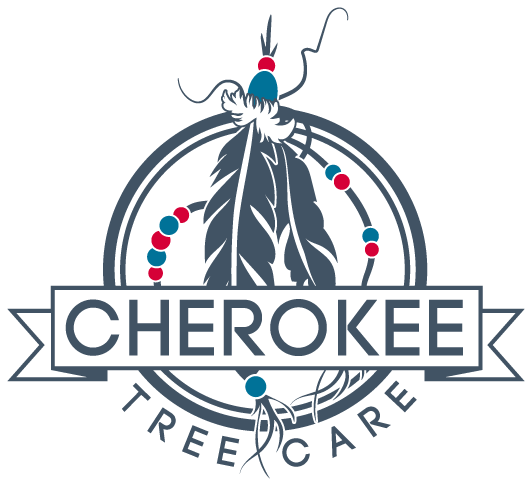Pests
With winters as mild as the one we just enjoyed, there are undoubtedly many perks. There are also potential setbacks. Conventional wisdom has advised for years that warmer winters lead to increased insect activity; however, recent findings have determined that might not necessarily be the case. Regardless, springtime does bring with it its fair share of pests, some that invade the home and others that attack your trees and plant-life. Since spring has officially arrived, the time to monitor your home’s landscape for insect activity is now.
Routinely, the Springfield landscape is a breeding ground for plant-hungry pests like leaf galls, aphids, lacewings, caterpillars, and borers. Each insect has a unique diet; lacewings can often be found munching on Azaleas and Rhododendrons, whereas the borer favors the White Birch. A generic spray or treatment will often prove ineffective or even damaging, since the trees’ makeup and their common pests vary. A certified Arborist can help identify the species of tree or plant and recommend a treatment catered to its unique needs, and with the specific pest in mind.
Diseases
All living things have the potential to contract disease, including the trees and plants surrounding your home. While you enjoy the fresh greens of a new year, keep an eye out for some common diseases for the trees on your landscape. As with insect activity, disease type varies across tree species; knowing what you have and what to look for will help confirm the state of your trees’ health and determine the best course of action for treatment and disease prevention.
Apple Scab, for instance, is a disease commonly found in Apple, Pear, and Crabapple trees. It presents as dull black or gray-brown lesions on the tree leaves, buds, fruits, and occasionally the tree’s woody tissues. This often results in a reduction of quality fruit being produced from the tree in question. Other diseases, such as Anthracnose, affects the flowering Dogwood and Sycamore. Caused by fungus that affect the stems, branches, and leaves of its host tree, this disease can be identified in leaf spots, blotches, defoliation, and other symptoms.
With routine care from a certified Arborist, the trees on your home’s landscape stand a better chance of defeating or preventing their likely diseases. Each treatment is dependent upon the plant’s health and species; like insects, there is no singular treatment that will help protect all trees and plants.
New Trees
Believe it or not, there are a lot of things to consider when planting a tree in the Springfield area. Bradford Pear trees and Red Maples are common in the Ozarks, but both present care and maintenance issues for the homeowner. Bradford Pears, for instance, have a very weak branching structure. It might survive for a few years, but one heavy thunderstorm too many can see the tree ending up strewn across your lawn—or worse—relying on your house for support.
Red Maples have a similar problem in terms of structural security. The “v” shape dominant in the Red Maple leads to weak branch unions; other problems occur with low-hanging limbs that are more than half the trunk’s diameter at the connection point. This translates to poor structure, which can contribute to damage during thunderstorms, heavy winds, or during the winter’s first ice storm.
Cherokee Tree Care is happy to review your planting options to help you find the right tree by determining your wants, needs, and helping find the best place on your landscape for your tree to thrive.
When it comes to care for new trees, Cherokee Tree Care is also eager to provide tips, maintenance, and help you however possible to ensure your tree remains healthy.
For all trees, general pruning tips include the following:
- The leaf is the tree’s food factory, so try not to remove more than 25% of leaves in any given pruning.
- How and where you make the pruning cut is much more important than when—winter, spring, summer, fall.
- Make smaller diameter cuts if possible. Trees seal over wounds (pruning cuts) by adding new growth, so smaller cuts close faster.
For more information, visit our blog, or contact Cherokee Tree Care today.

